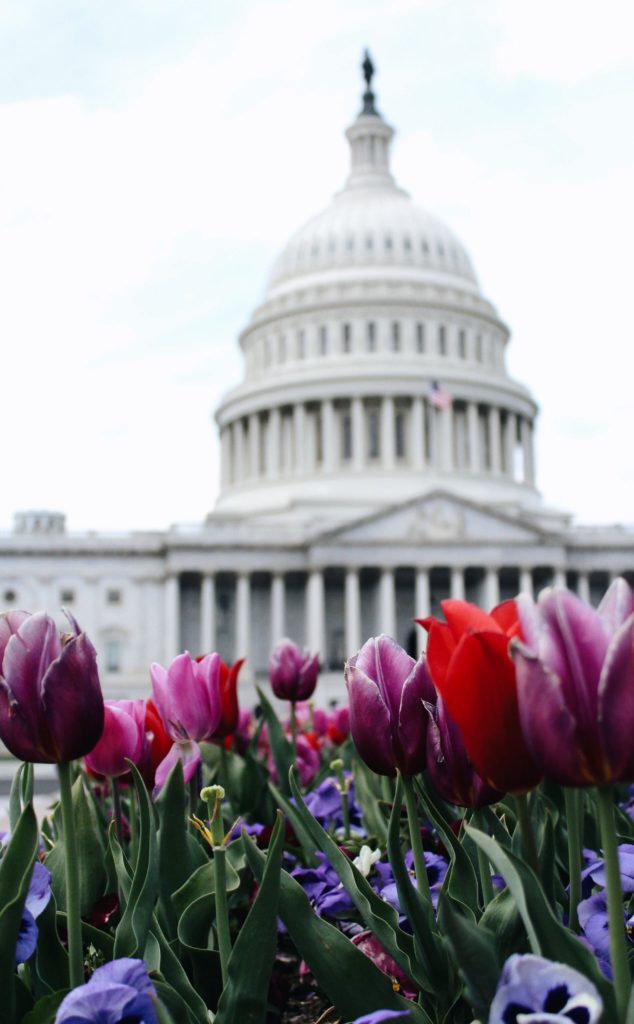
This coming week, the House of Representatives is engaged in Committee business and the Senate is on a State work break.
From the COVID front, Bloomberg reports on a UK study finding that taking only one dose of the Pfizer OK may be sufficient for a person who has survived a COVID-19 infection but not for others.
The study appears to contrast with other research that has suggested the first dose of Pfizer’s shot provides a strong level of protection against Covid, including some variants. That’s in part because it examined the level of people’s immune responses, rather than real-world infection levels.
Still, the findings offer a warning for countries like the U.K., where the majority of vaccinated people have had only a single dose of inoculations like Pfizer’s that require two shots to offer full protection.
In other vaccination news, Precision Vaccinations explains that
The HPV vaccine was designed to prevent reproductive warts and cancers caused by the most common sexually transmitted infection in the United States. The FDA approved the vaccine for women in 2006 and expanded it to men in 2009.
Preventing cervical cancer was the primary focus at that time, so girls and women were more likely to hear about it from their pediatricians or OBGYNs.
Yet oropharyngeal cancer, which occurs in the throat, tonsils, and back of the tongue, has now surpassed cervical cancer as the leading cancer caused by HPV.
Data indicates 80% of those diagnosed with oropharyngeal cancer are men.
“I don’t think that a lot of people, providers, and patients, are aware that this vaccine is a cancer-prevention vaccine for men as well as women,” Chen says. “But HPV-associated oropharyngeal cancer can impact anyone.”
“And there’s no good screening for it, which makes vaccination even more important.”
With respect to general preventive services, Fierce Healthcare informs us that
CVS Health is expanding its program to offer no-cost, community-based screenings to 14 more markets.
Project Health, which is now in its sixteenth year, offers a slew of free biometric screenings at CVS Pharmacy locations, including blood pressure, glucose levels and cholesterol. Patients can then meet with a nurse practitioner, who can provide additional guidance and referrals for treatment if needed.
New markets include Birmingham, Alabama; Phoenix; Jacksonville, Orlando and Tallahassee, Florida; Baton Rouge and New Orleans, Louisiana; Jackson, Mississippi; Charlotte, North Carolina; Cleveland, Ohio; Charleston and Columbia, South Carolina; and Knoxville and Memphis, Tennessee, CVS said in announcement provided first to Fierce Healthcare.
The program is also launching four new mobile units, CVS said, and anticipates providing 1,700 screening events across its 32 markets by the end of the year.
From the relevant history front, the Wall Street Journal’s Saturday Essay compares the 1957-58 flu pandemic with our current COVID-19 pandemic. In both cases, a rapidly developed vaccine was made available to the public.
From 1948 to 1957, Maurice Hilleman—born in Miles City, Mont., in 1919—was chief of the Department of Respiratory Diseases at the Army Medical Center (now the Walter Reed Army Institute of Research).
Early in his career, Hilleman had discovered the genetic changes that occur when the influenza virus mutates, known as “shift and drift.” It was this work that enabled him to recognize, when reading reports in the press of “glassy-eyed children” in Hong Kong, that the outbreak had the potential to become a disastrous pandemic. He and a colleague worked nine 14-hour days to confirm that this was a new and potentially deadly strain of flu.
Speed was of the essence, as in 2020. Hilleman was able to work directly with vaccine manufacturers, bypassing “the bureaucratic red tape,” as he put it. The Public Health Service released the first cultures of the Asian influenza virus to manufacturers even before Hilleman had finished his analysis. By the late summer, six companies were producing his vaccine.
It has become commonplace to describe the speed with which vaccines were devised for Covid-19 as unprecedented. But it was not. The first New York Times report of the outbreak in Hong Kong—three paragraphs on page 3—was on April 17, 1957. By July 26, little more than three months later, doctors at Fort Ord, Calif., began to inoculate recruits to the military.
Wait there’s more, according to his 2005 obituary, Dr. Hilleman invented vaccines for measles, mumps, rubella, Hepatitis A, Hepatitis B and pneumonia.
In closing here is an interesting Bloomberg interview with Shahid Jameel, director, Trivedi School of Biosciences, Ashoka University, which is located in the state of Haryana, India. The interview concerns the COVID-19 crisis in that country.
BG: What’s the biggest challenge now?
SJ: To bring things under control, you want to vaccinate more people on a daily basis than the number of new infections. Remember that a person who gets the first shot today will get the second shot in four to six weeks, and will need two more weeks to develop full immunity. So somebody who starts vaccination today will take two months to develop protective immunity.
This means the vaccination drive has to be sustained over months, many more doses daily than cases. Only then can we reverse the surge.
BG: Is the supply of vaccines sufficient to maintain that pace?
SJ: One of the critical errors we made was in vaccine procurement. In January, the government ordered only 11 million doses [from Serum Institute located in India]. Between Serum Institute and Bharat Biotech, we can currently produce roughly 90-100 million doses in a month. But they also have exports commitments, especially to the WHO’s COVAX program.
Meanwhile, India has begun to accept vaccine registration from anyone aged 18 or older. In total, we’re talking about 800 million people, or 1.6 billion doses. It’s going to be a struggle.
The BBC offers more background on the Indian crisis. Needless to say, the world needs to help India.
